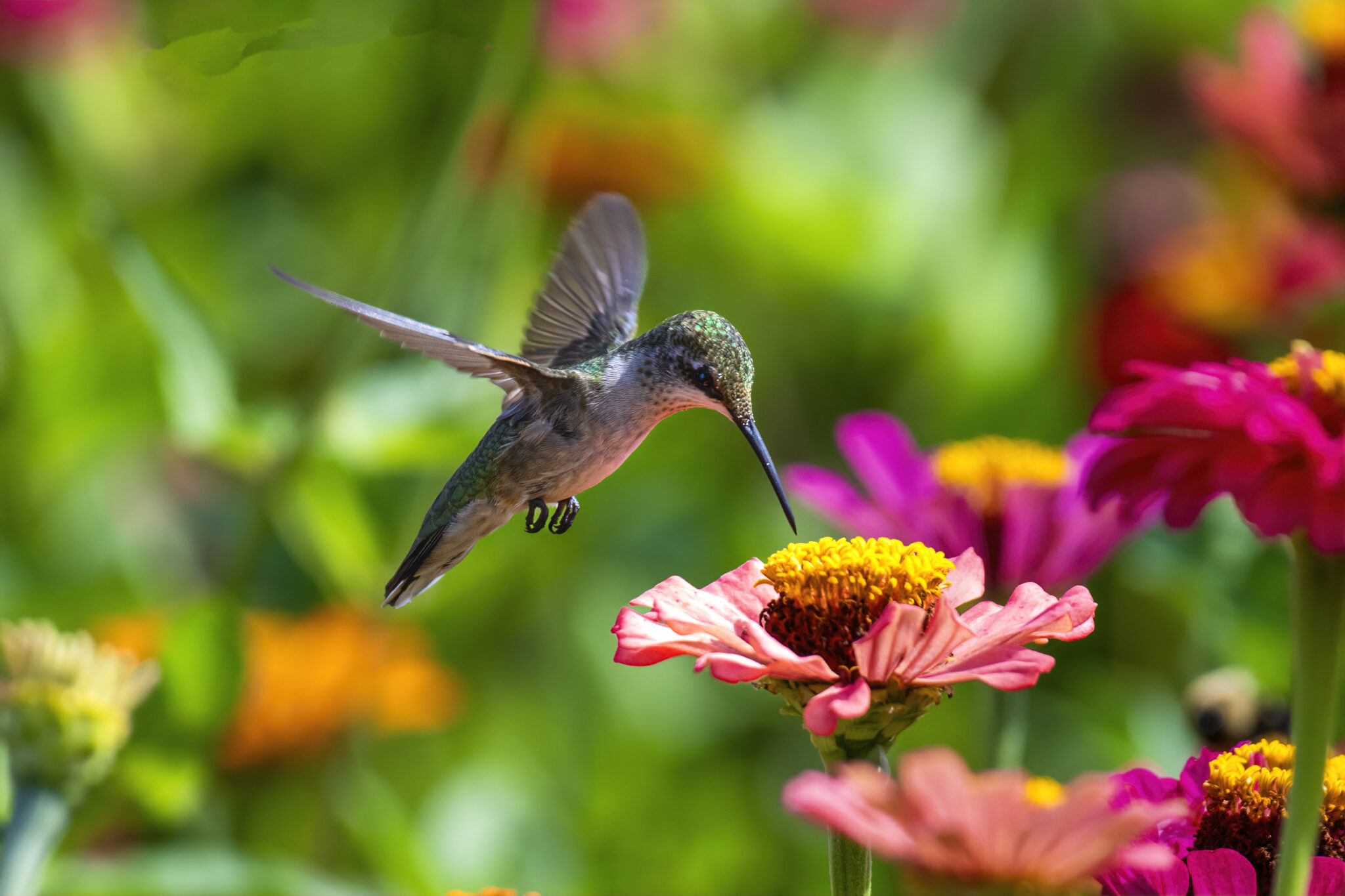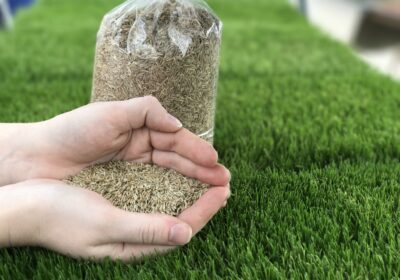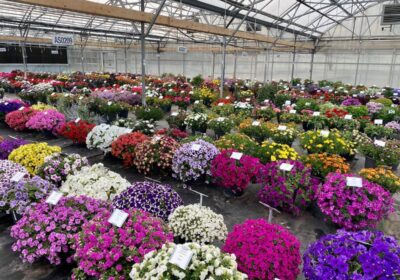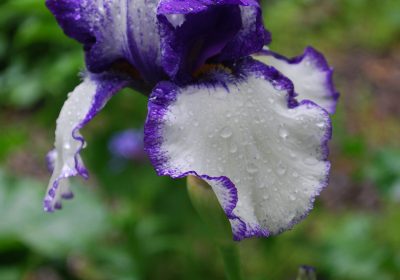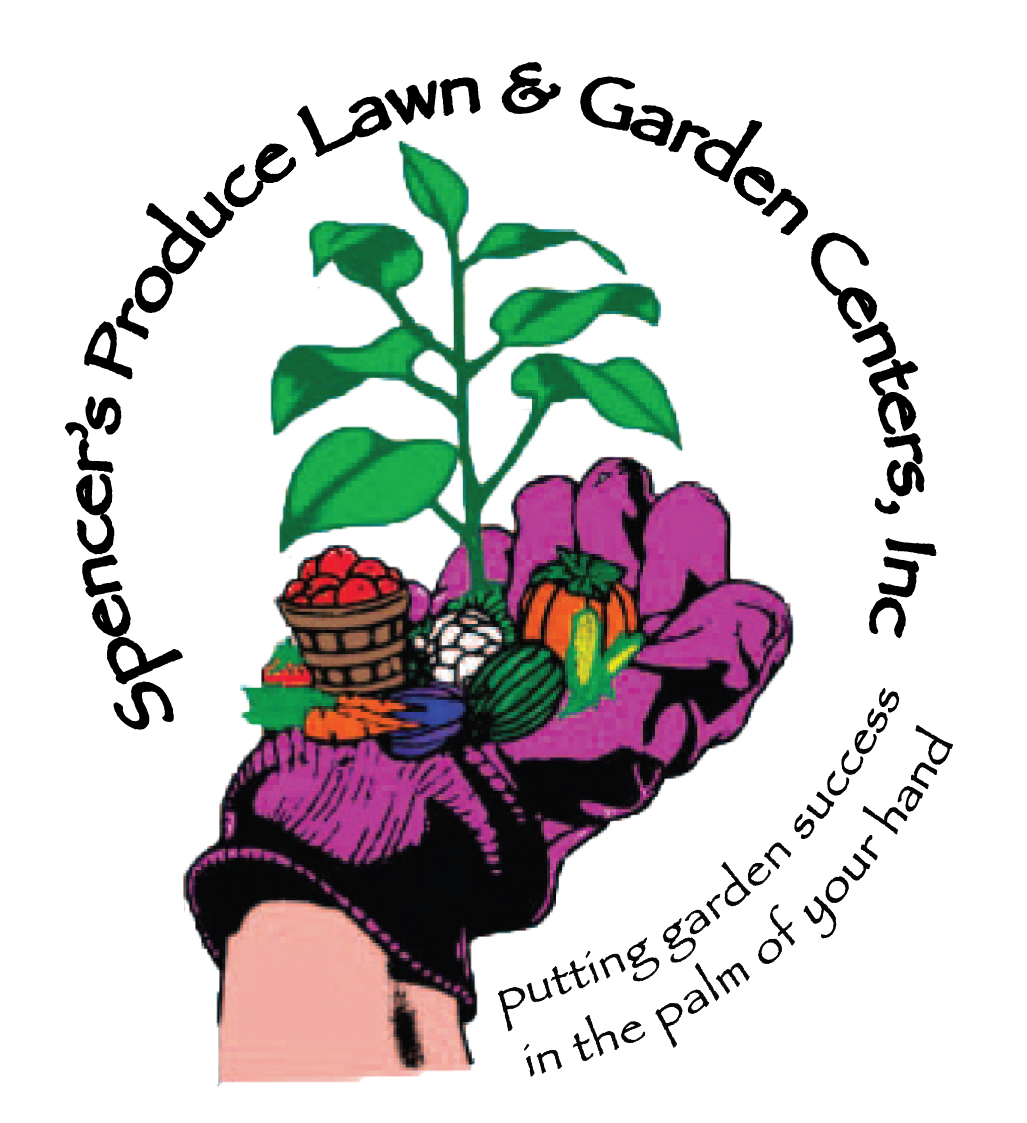Did you know that hummingbirds remember where the good food is? If you set up a feeder in the past, they will look for it during their migration! It’s the perfect time to get on their Grubhub map!
The most common hummingbirds in our region are Broad-tailed, Rufous, Black-chinned, and Calliope Hummingbirds. You might hear them before you see them, as male Broad-tailed hummingbirds make the distinctive high-pitch chirping buzz noise as they zoom along.
Hummingbird feeders should be put out in mid-April. Having red feeders or feeding sites is enough to signal them to your yard- don’t add red food coloring to the sugar solution. Add ¼ cup plain white sugar to 1 cup of boiling water and stir until dissolved. Once cool, funnel it into the feeder. You can make a larger batch of sugar water (still a 1-part sugar to 4-part water solution) and store it in the refrigerator. Don’t use anything besides plain white refined sugar or increase the sugar-to-water ratio, as that is harmful to the birds.
Wash the feeder in hot water at least twice weekly in hot weather. Use very diluted vinegar if necessary but avoid soaps. If you can’t wash them and replace the sugar solution, remove the feeder to prevent making the hummingbirds sick.
Consider putting the feeder away from windows to avoid collisions. If you want the feeder up close (they are really fun to watch!), put something on your window so they have a visual cue to not fly into it. A small cling sticker should be sufficient. Adding a hanging basket or container garden will make your location even more valuable to them.
As the season heats up, add native and hummingbird-friendly plants to your yard. They are drawn to large swaths of red and orange flowers. Plant multiple clumps of the same plant close together so they don’t have to go far for nectar.
Favorite plants include penstemon, agastache (hyssop), trumpet vine, salvia, and monarda. They also like lupine, rudbeckia, Liatris, yarrow, chokecherry, Indian paintbrush, sand cherry, Mexican hat, honeysuckle, and morning glory. Hanging baskets and pots of nasturtium, zinnia, fuschia, lobelia, lantana, petunia, calibrachoa, and impatiens make for perfect smaller gardens that hummingbirds will love.

